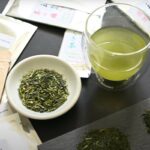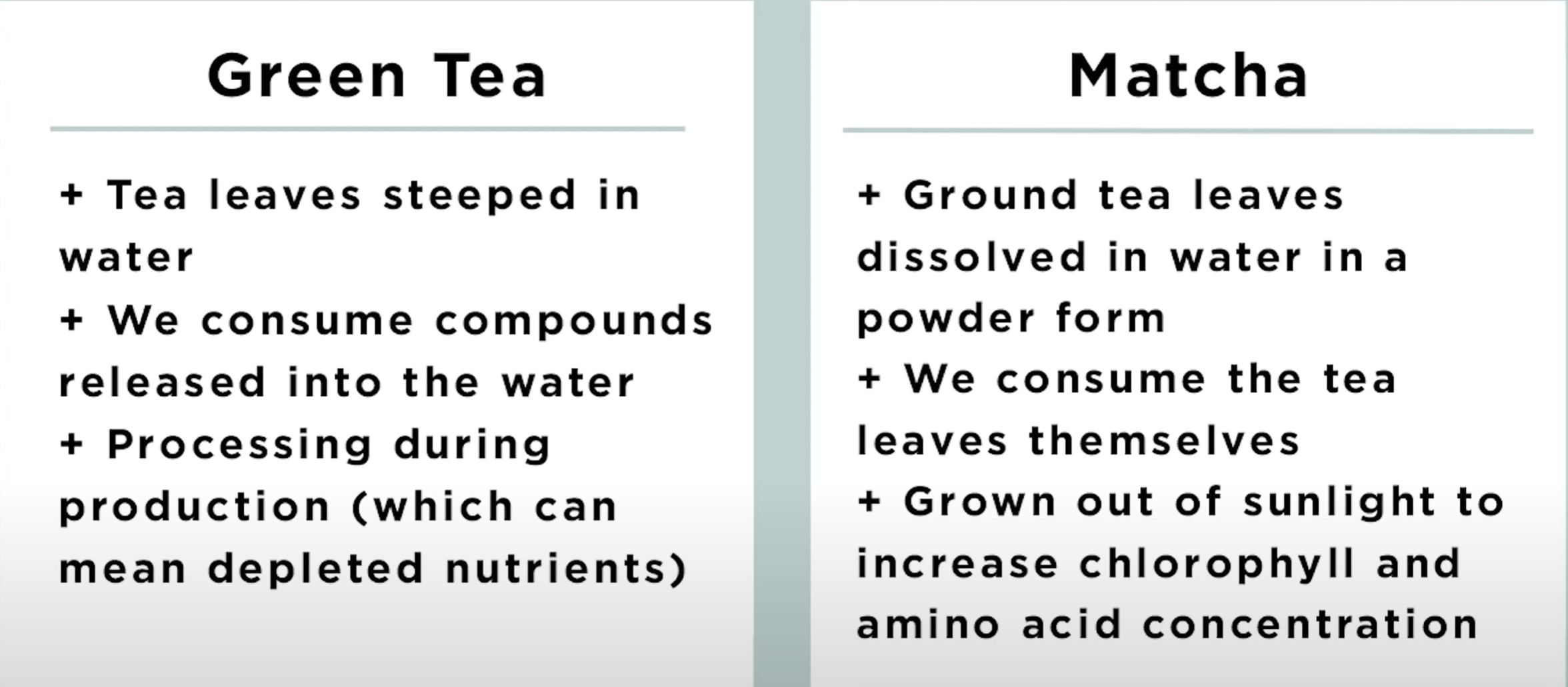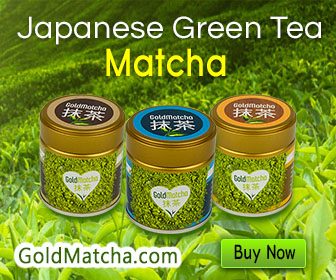What’s The Difference Between Matcha and Green Tea?
Is green tea Matcha? Matcha is a type of green tea, but it functions much differently than other varieties of green tea. Matcha green tea and regular green tea both come from the same tea plant, Camellia sinensis. The way this plant is cultivated, harvested, and processed are the biggest differences between green tea and Matcha. Preparation, health benefits, processing and flavor are the biggest ways to compare the two.
Green tea is Matcha tea, but the health benefits are far greater with the Matcha variety than with regular green tea. Matcha green tea uses the entire tea leaf in a powder whereas regular green tea uses the whole leaf steeped in water.
In this article, we’ll compare Sencha green tea and other common Japanese green teas to Matcha green tea and explain what makes them the same and what makes them different.
Preparation
First, Matcha green tea comes as a powder and regular green tea comes in tea leaves. This means that the way each is prepared, the health benefits, and how to drink them is very different.
Regular green tea is an extraction of the leaf and Matcha is drinking the whole leaf. This gives you more of the health benefits Matcha and green tea is known for.
Temperature
With Matcha, you don’t need to worry about the temperature as much as you do with regular green tea. Matcha can be made with cool, room temperature, or hot water up to 175 F and taste great. But most Japanese tea leaves are sensitive to temperature.
Brew Time
Longer brewing times and water that is too hot can make regular green tea taste bitter. Green tea leaves should be steeped in hot water, but not boiling water, for no more than 3 minutes. This will make it taste the best and avoid the fishy or bitter taste you may know.
Matcha doesn’t have this same restriction and can sit in water for longer. It will settle to the bottom of the cup, though. So it’s best to drink 1 teaspoon of Matcha powder mixed with no more than 4 ounces of hot water within a few minutes of whisking.
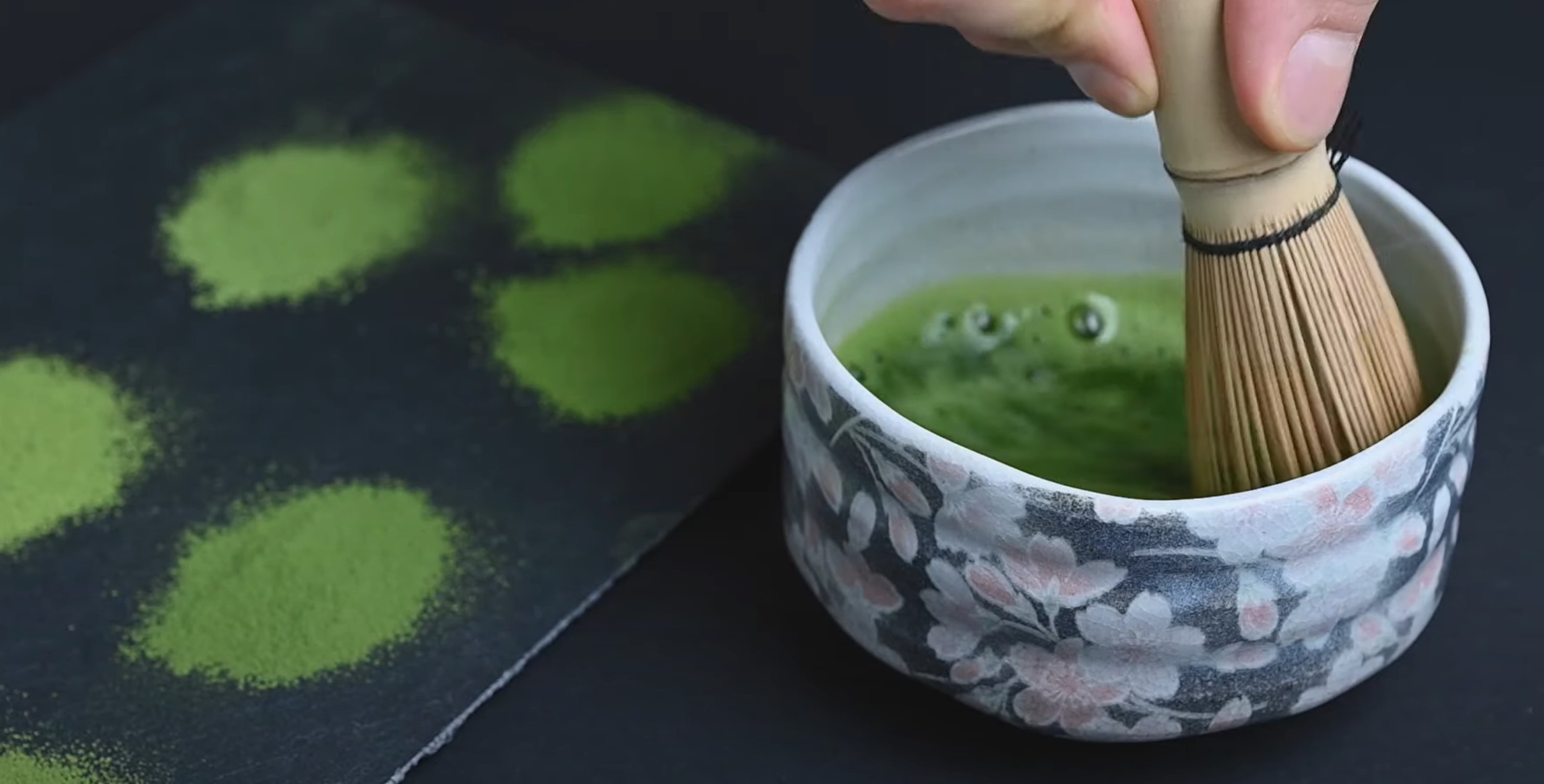
Whisking For Foam
Matcha green tea is prepared by with a whisk to create a foam on top of the tea. After adding water to the stone ground Matcha tea, you then use a whisk to blend the tea leaves into the water. The idea is to get the foam to form. The foam is what gives Matcha it’s rich and creamy flavor. The traditional method is using a bamboo whisk, but you can use more modern tools like a metal whisk or even a fork.
Pure Matcha Tea
To get the health benefits of Matcha, it needs to be pure and high grade. You’ll find that a lot of Matcha teas are marketed as ‘Matcha tea’ when they’re a blend of the lower culinary grade and maybe there’s some of the high Ceremonial grade mixed in.
But the best quality, grown and cultivated in the best ways are found only in high Ceremonial grade Matcha. We like this one which comes straight from Japan and is grown in a traditional Japanese farm with time honored traditions. It is a vibrant green color Matcha powder that is full of antioxidants, catechins, the amino acid L-theanine, vitamins, and good nutrition.
Cultivation of Matcha Tea vs. Green Tea
The Camellia sinensis tea plant is shaded for about 3 weeks prior to harvest. The shade causes stress on the plant which increases the amount of chlorophyll levels and theanine. This boost chlorophyll, improves flavor, increases caffeine content and antioxidants, and makes it a bright green powder.
Immediately after harvest, Matcha green tea leaves, or tencha, are steamed and heated. Regular green tea leaves are also steamed and heated immediately after harvest. This stops the process of oxidation and prevents green tea from becoming black tea.
The leaves are then dried at multiple stages throughout the cultivation and production process to preserve color and natural chemical compounds.
Unlike regular green tea, Matcha tencha have their stems and veins removed before being stone ground into a powder. This helps with the flavor profiles and consistency because the stems and veins don’t grind down as well as the leaves. Stems and veins also change the flavor and make it less sweet and savory to drink.
Taste of Matcha Tea vs. Green Tea
Both green tea and Matcha powder have a grassy, earthy flavor. But the similarities end here.
Matcha has a rich, savory, and unique flavor profile. It has powerful savory umami notes and grassy, vegetal, or even seaweed flavors.
Matcha has an incredibly rich taste that can be intensely pronounced. In fact, this richness causes most tea drinkers to either love it or hate it. So if the rich vegetal taste is too strong for you, try adding milk for a Matcha latte, or natural sweeteners.
Just don’t add sugar or milks with sugar because this can take away from some of the massive health benefits.
Green tea is light, delicate and fresh. It tastes floral or fruity depending on the processing and which part of the Camellia sinensis was used. The fragrances contain honey jasmine, peach lemon zest and ginger.
Sencha has flavors of baby spinach, edamame, and sweet corn. If you’ve never had tea before, start with Sencha and work up to Matcha.
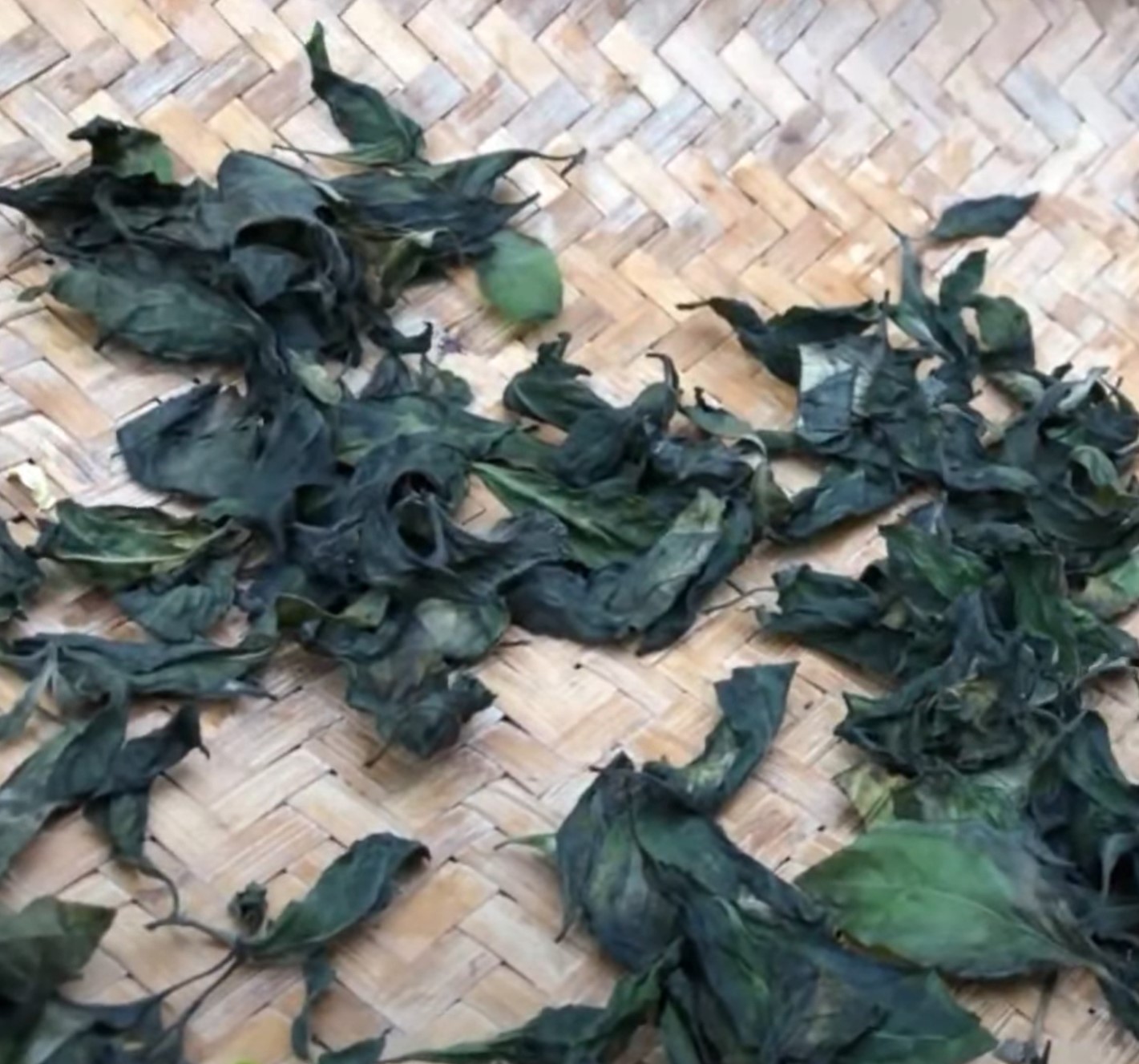
Health Benefits of Green Tea
Another difference are the compounds within the tea and this is where the health benefits come in.
With Matcha green tea, you’re getting more caffeine, more antioxidants, more L-theanine, and more catechins than regular green tea.
This is because your getting the entire leaf of the youngest leaf on the tea plant. This makes all the nutrients more concentrated.
Matcha is made form the youngest leaf on the tea plant which makes it more nutrient dense. This is what makes it different than other Japanese green teas, like Bancha, Hojicha, Kukicha, and many types of Sencha, These varieties are made from the older leaves on the plant. They still have health benefits, but are not as concentrated as Matcha.
Antioxidants
When you think about your health, think about it at the cellular level. Anything that causes damage to the cell structure itself – DNA, cell membrane – causes aging, illnesses, and chronic diseases. This is especially true for cancer, heart disease, and diabetes.
The biggest antioxidant in green tea is epigallocatechin gallate (EGCG) and it is present in both regular green tea and Matcha powder.
EGCG is a flavonoid which is an antioxidant that has been shown to improve immunity by stopping replication of viral cells and reducing cholesterol by reducing the amount absorbed by the body.
Matcha contains a higher concentration of EGCG, on average up to 3x the amount of regular green tea.
ORAC
The Oxygen Radical Absorption Capacity (ORAC) value is a measure of how well something absorbs free radicals.
We all think about blueberries as being very high in antioxidants – which they are – but their ORAC score is only 24. Compare this to Matcha with an ORAC score of 1,864 and regular green tea which has an ORAC score of 1253, and we can see that Matcha is a powerhouse for absorbing free radicals.
Catechins
Catechins are thought to be even more powerful than vitamin C and vitamin E in stopping oxidative damage to the cells.
Research from Trends in Food Science and Technology showed that, “Green tea is one of the best food sources of a group of antioxidants known as catechins.”
Nutrients
While both green tea and Matcha have similar nutritional profiles, the nutrients in Matcha are more bioavailable than regular green tea. That means the nutrients are more readily absorbed than green tea. They can be up to 137x more potent than steeped green tea.
Amino Acid
L-theanine can actually get your brain to produce alpha waves. This is the most calm frequency our brains have. It’s the goal in meditation and for relaxation.
Theanine, or L-theanine, is an amino acid found in both Matcha and regular green tea. It gives your mind a sense of well being and reduces stress.
Drinking Matcha can help you feel more calm while being alert and awake.
L-theanine can also increase levels of dopamine and GABA in the brain. This can help with feeling of anxiety and stress.
Energy
Matcha powder provides energy throughout the day and won’t give you the caffeine crash that coffee does.
Matcha is more concentrated in caffeine than regular green tea. But you can control how much caffeine you’re getting in your Matcha by adding more or less of the Matcha powder.
Skin Health Benefits
Green tea is used in skin care products because it has tannins which reduce swelling in the skin. The antioxidants in green tea infused products give your skin natural protection from free radicals which prevents cell damage. Cell damage can lead to signs of aging.
The EGCG in green tea skin care products also helps reduce the inflammation associated with acne, rosacea, eczema, and help fade scars. It can also help your skin glow and look more radiant.
Cancer Fighting
A recent meta analysis (which is a study of all the studies) found that women who drank the most green tea had a 22% lower risk of developing breast cancer than those who did not. It also showed a 57% reduced risk of developing colorectal cancer in a 70k person study of Chinese women aged 40-70 years old.
In another large research study of Japanese men that drank 5 or more cups of green tea day showed a 49% lower risk of prostate cancer. But 5 cups is a lot, so drinking Matcha tea instead gives you more of the health benefits associated with green tea.
Heart Disease Prevention
In a large research study of over 40,000 people who drank 5 cups of green tea a day may lower risk of death from a heart attack or stroke by 26%. Matcha and green tea help protect heart and brain tissue.
Green tea contains catechins. Catechins work in a different way than prescription drugs or medicinal plants to lower blood pressure. Medicinal herbs, like garlic and goldenseal, contain active active ingredients which help relax blood vessels. So adding a cup of Matcha might help lower your blood pressure in a different way. Always check with your doctor to discuss your specific health care, this isn’t medical advice!

Diabetes and Blood Sugar Regulation
In a study from the Annals of Internal Medicine, the consumption of green tea was associated with reduces blood sugar levels, insulin, and improved long term blood sugar control.
But even if you don’t have diabetes, drinking Matcha or regular green tea gives you the antioxidant protection your body needs to keep glucose levels normal.
Promotes Weight Loss
The American Journal of Clinical Nutrition found that drinking tea high in catechins for 12 weeks led to a lower BMI, fat mass, body weight, and waist circumference than those who did not.
Catechins found in green tea, but more in Matcha, help boost metabolism and fat-burning which promotes weight loss and leads to long term weight management.
Improves Physical Performance
Matcha helps reduce oxidative stress on cells which speeds up muscle recovery and helps you recover faster after a workout. The catechins in Matcha helps absorb the free radicals released during an intense workout which speeds up your recovery and improves physical performance.
Detoxifies the Body
Matcha has higher chlorophyll levels than regular green tea. And the chlorophyll helps detoxify the body and eliminates heavy metals from the body.
Final Thoughts
Drinking a cup of green tea a day is full of health benefits and can help prevent chronic disease as part of a healthy lifestyle. Matcha and regular green tea share some similarities but also have a lot of differences. The major difference is in the concentrations of catechins, antioxidants, L-theanine, and vitamins. Matcha is the entire tea leaf and only harvested after it’s chlorophyll level has been maximized. They taste very different and both have a unique flavor. But no matter which one you choose, go for a Matcha that is high quality Ceremonial grade and cultivated in Japan. These will get you the most health benefits for your money.
